Animals
-
 Astronomy
AstronomyScientific success depends on finding light in darkness
Editor in chief Eva Emerson discusses using cleverness and persistence to uncover scientific truths.
By Eva Emerson -
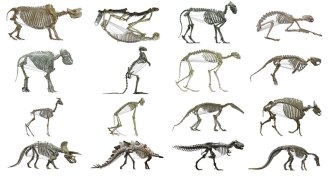 Animals
AnimalsPlant-eating mammals sport bigger bellies than meat eaters
Mammalian plant eaters have bigger torsos than meat eaters, a new analysis confirms, but the same might not have held true for dinosaurs.
-
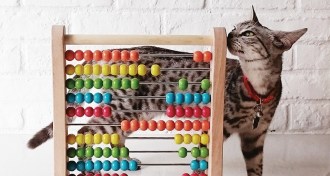 Animals
AnimalsAnimals give clues to the origins of human number crunching
Guppies, dogs, chickens, crows, spiders — lots of animals have number sense without knowing numbers.
By Susan Milius -
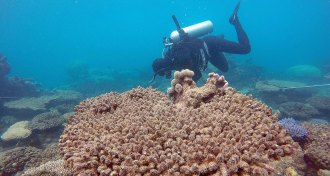 Oceans
OceansCoral die-off in Great Barrier Reef reaches record levels
Bleaching has killed more than two-thirds of corals in some parts of the Great Barrier Reef, scientists have confirmed.
-
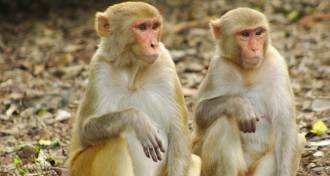 Health & Medicine
Health & MedicineLow social status leads to off-kilter immune system
Low social status tips immune system toward inflammation seen in chronic diseases, a monkey study shows.
-
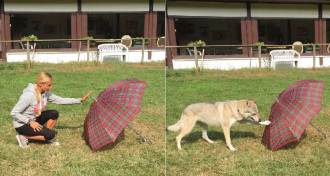 Animals
AnimalsDogs form memories of experiences
New experiments suggest that dogs have some version of episodic memory, allowing them to recall specific experiences.
-
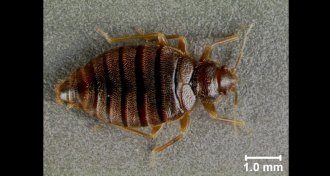 Animals
AnimalsNow there are two bedbug species in the United States
The tropical bedbug hadn’t been seen in Florida for decades. Now scientists have confirmed it has either resurfaced or returned.
-
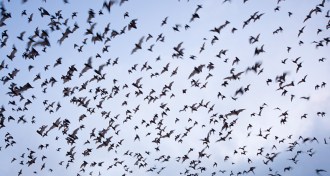 Animals
AnimalsBrazilian free-tailed bats are the fastest fliers
Ultrafast flying by one bat species leaves birds in the dust.
-
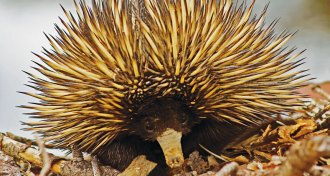 Animals
AnimalsAn echidna’s to-do list: Sleep. Eat. Dig up Australia.
Short-beaked echidna’s to-do list looks good for a continent losing other digging mammals.
By Susan Milius -
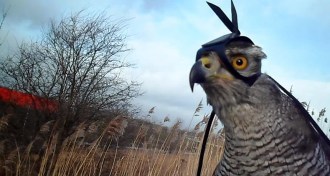 Animals
AnimalsIn some ways, hawks hunt like humans
Raptors may track their prey in similar patterns to primates.
-
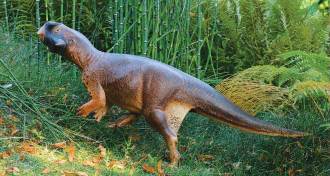 Paleontology
PaleontologyDinosaurs may have used color as camouflage
Fossilized pigments could paint a vivid picture of a dinosaur’s life.
By Meghan Rosen -
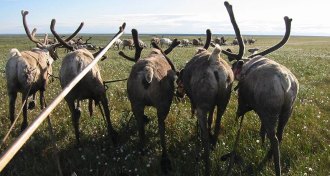 Animals
AnimalsSkimpy sea ice linked to reindeer starvation on land
Unseasonably scant sea ice may feed rain storms inland that lead to ice catastrophes that kill Yamal reindeer and threaten herders’ way of life.
By Susan Milius